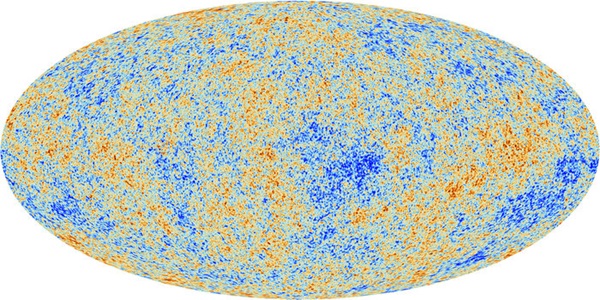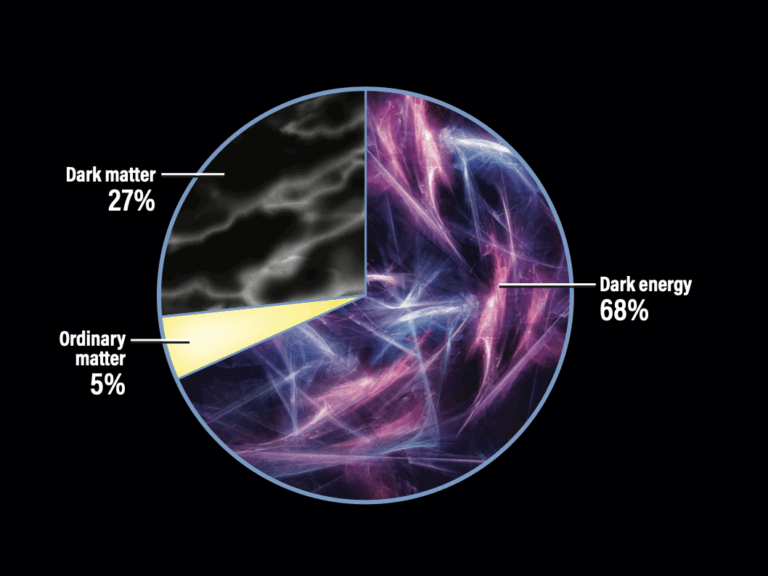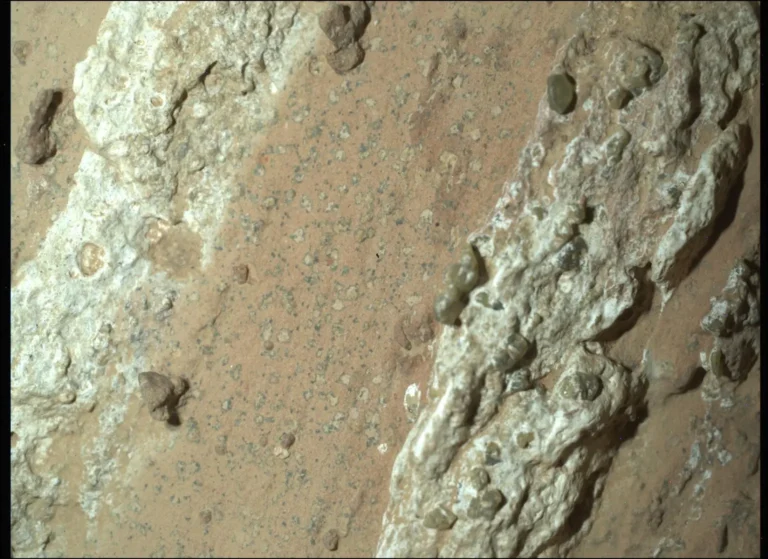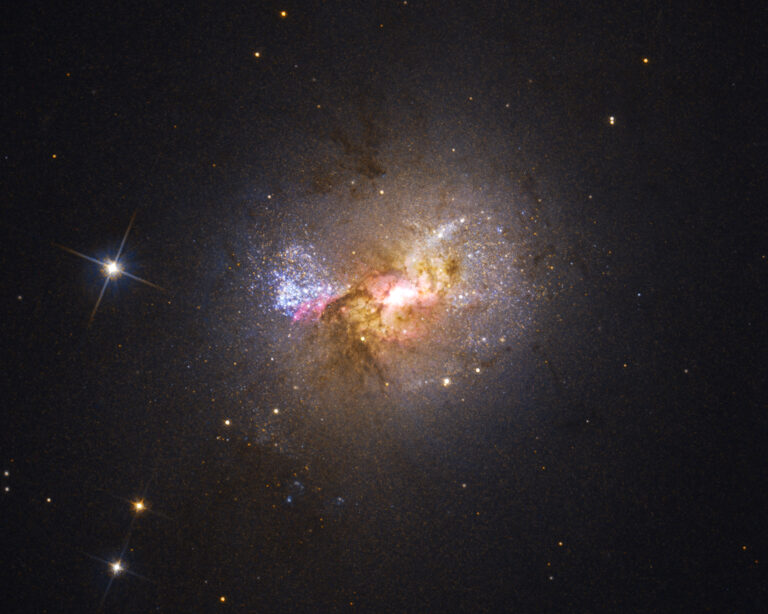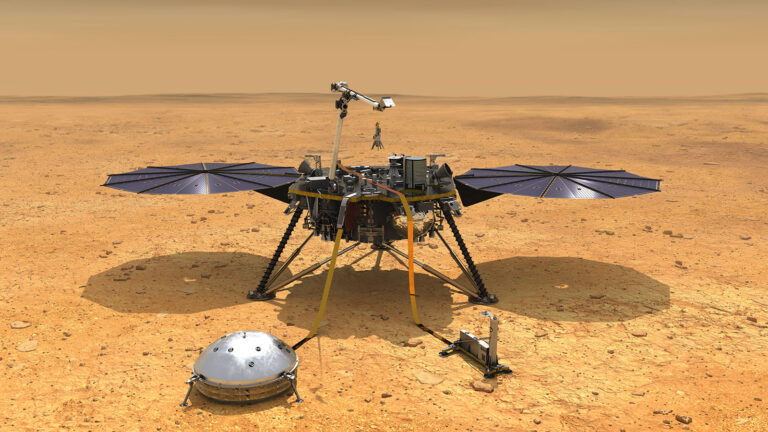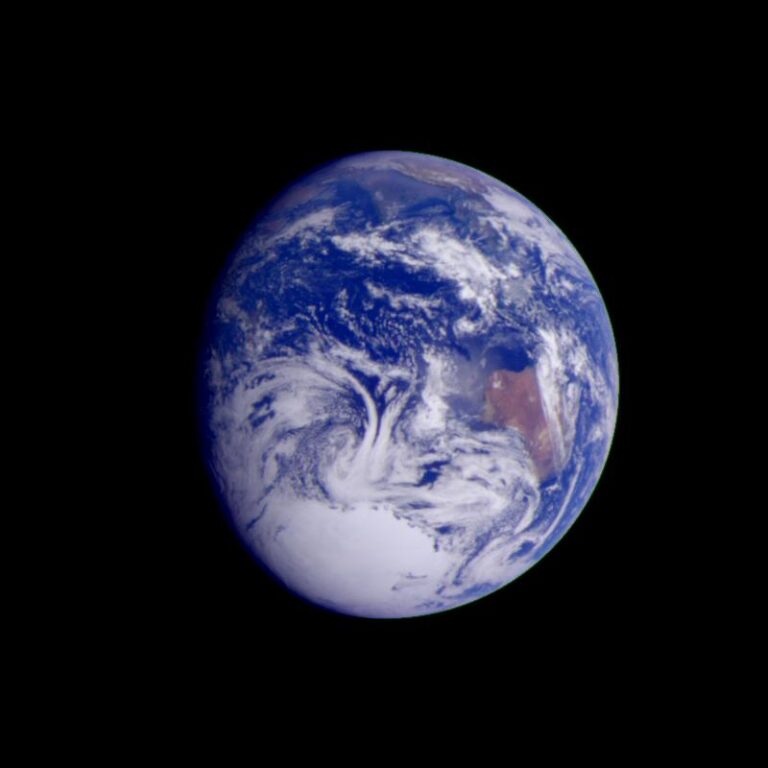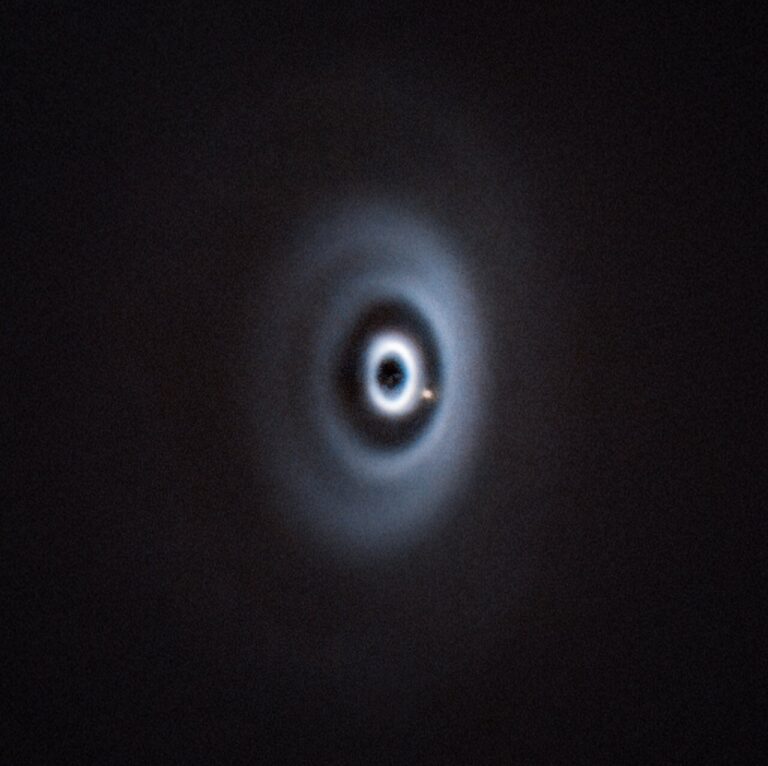Key Takeaways:
- The multiverse hypothesis, while offering potential explanations for fundamental physics parameters, faces criticism due to its lack of falsifiability, a core tenet of scientific methodology.
- Scientists George Ellis and Joe Silk argue that untestable theories, such as some multiverse models relying on unverified string theory, compromise the credibility of science by deviating from established scientific principles.
- Ranga-Ram Chary's research proposes a testable multiverse model, suggesting that anomalies in the cosmic microwave background (CMB) could be evidence of inter-universal collisions, thus bringing the concept within the realm of verifiable hypothesis.
- While acknowledging the importance of exploring frontier scientific concepts, the scientific community emphasizes the necessity of falsifiable hypotheses to maintain the rigor and trustworthiness of scientific inquiry.
The idea of the multiverse — or the theoretical possibility of infinite parallel universes–straddles a strange world between science fiction and a plausible hypothesis. Though scientists have no direct evidence for the multiverse’s existence, some theoretical models suggest the multiverse could solve some key riddles in physics, such as why the parameters of our universe, including the strength of the the electromagnetic force between particles and the value of the cosmological constant, have values that are exactly in the small range required for life to exist. Perhaps, some scientists posit in one version of the multiverse theory, there are billions of other universes out there with all different possible values of these parameters—ours just happens to be the one with the right values for life.
But how credible is a scientific theory that might not be testable? Scientists are constantly pushing the boundaries of our knowledge, which includes developing ideas in areas where evidence is scarce. However, theories like the multiverse have drawn criticism from some scientists, who warn of the danger of speculation beyond what data can tell us.
Is it too unscientific?
In a well-known 2014 paper in Nature on the topic, scientists George Ellis and Joe Silk warned against what they saw as a troubling new trend in theoretical physics: the acceptance by some in the field that a theory, if it is elegant and explanatory enough, does not need to be tested experimentally. They argued instead that to be scientific, a theory must be falsifiable—an idea based on centuries of tradition.
“As we see it, theoretical physics risks becoming a no man’s-land between mathematics, physics and philosophy that does not truly meet the requirements of any,” Ellis and Silk concluded. Crucially, they stated that the credibility of science was at stake. If theoretical physicists started moving away from ideas about what constituted legitimate scientific theory, they might damage the public credibility of science, which could have catastrophic consequences at a time when debates about climate change and evolution are still ongoing.
Some theories about the multiverse, they continued, lack the falsifiability required to render them legitimate scientific theories. For instance, multiverse explanations that rely on string theory—which itself is not yet verified—are not testable, and fundamentally speculative. “In our view, cosmologists should heed mathematician David Hilbert’s warning: although infinity is needed to complete mathematics, it occurs nowhere in the physical Universe,” they concluded.
Silk and Ellis seem to take issue not with the multiverse itself, but with scientific theories that cannot be verified via data. Ellis told Astronomy that there is no drawback to speculating on concepts like the multiverse to see where they lead. However, “the drawbacks come when one claims that such speculations are tested scientific theories,” he said.
Testable Theories of the Multiverse
But what if the concept of the multiverse were testable? According to Ranga-Ram Chary, Project Scientist and Project Manager of the U.S. Planck Data Center at Caltech, it just might be. Chary published a study in 2015 in the Astrophysical Journal detailing strange abnormalities in the cosmic microwave background (CMB)—the radiation leftover after the Big Bang. These abnormalities, found when analyzing data from the Planck telescope, could be evidence of “bruising” that occurs when one universe bumps up against another.
“Think of it as bubbles in a soda bottle,” Chary told Astronomy. “Each bubble is a Universe. If the bubbles were rare, they would never collide and we’d never know the existence of the other Universe. In that case, search for a multiverse is just fiction. If however, they are not rare, they may collide and we can see the imprint in the CMB.”
Evidence of those imprints might be found in the data mentioned in Chary’s 2015 study. However, it’s possible that the abnormalities observed are merely an anomaly, or due to contamination from the interstellar medium (the matter between stars), so Chary stressed that further research is required. Still, Chary’s ideas about colliding universes would bring the multiverse into the realm of a testable hypothesis, and out of the realm of pure speculation.
In fact, Chary noted that if the multiverse was purely a philosophical question, it shouldn’t be studied. For instance, if the proposed “bubbles” were too far apart, and scientists would not be able to obtain relevant data to confirm their existence, Chary says that scientists should not study it. “The nature of science is, take observational data, test a hypothesis, and try to interpret the data in the hypothesis,” he stressed. “Here, we’re trying to get absolute truth here. We would like to know why our universe is the way it is. If I can’t take data to answer that question, then I should be doing something else.”
The bottom line? Most scientists seem to agree that rigorous science should involve falsifiable hypotheses—ones that can be confirmed or disproved by data. That standard is no different for concepts like the multiverse, and work like Chary’s presents one model of multiverse theory that is testable, and thus verifiable.
Still, by nature, science is always pushing the boundaries of our knowledge. “In some sense, there’s a frontier,” James Bullock, Professor of Physics and Astronomy at UC Irvine, told Astronomy. “And there’s going to always be this fuzzy frontier on the edge of knowledge where things are not locked down. And that doesn’t mean those pursuits aren’t worthy. That’s where the crux of the issue lies: we want to be honest about the things we understand and don’t understand.”


